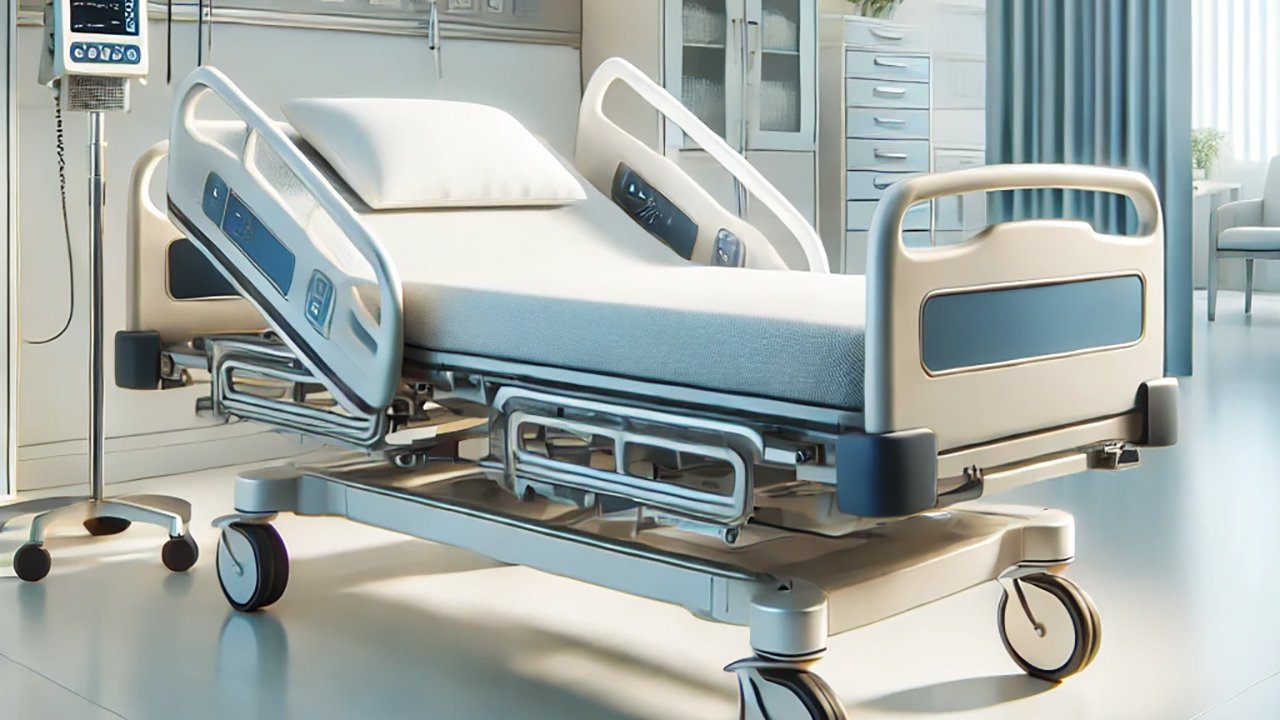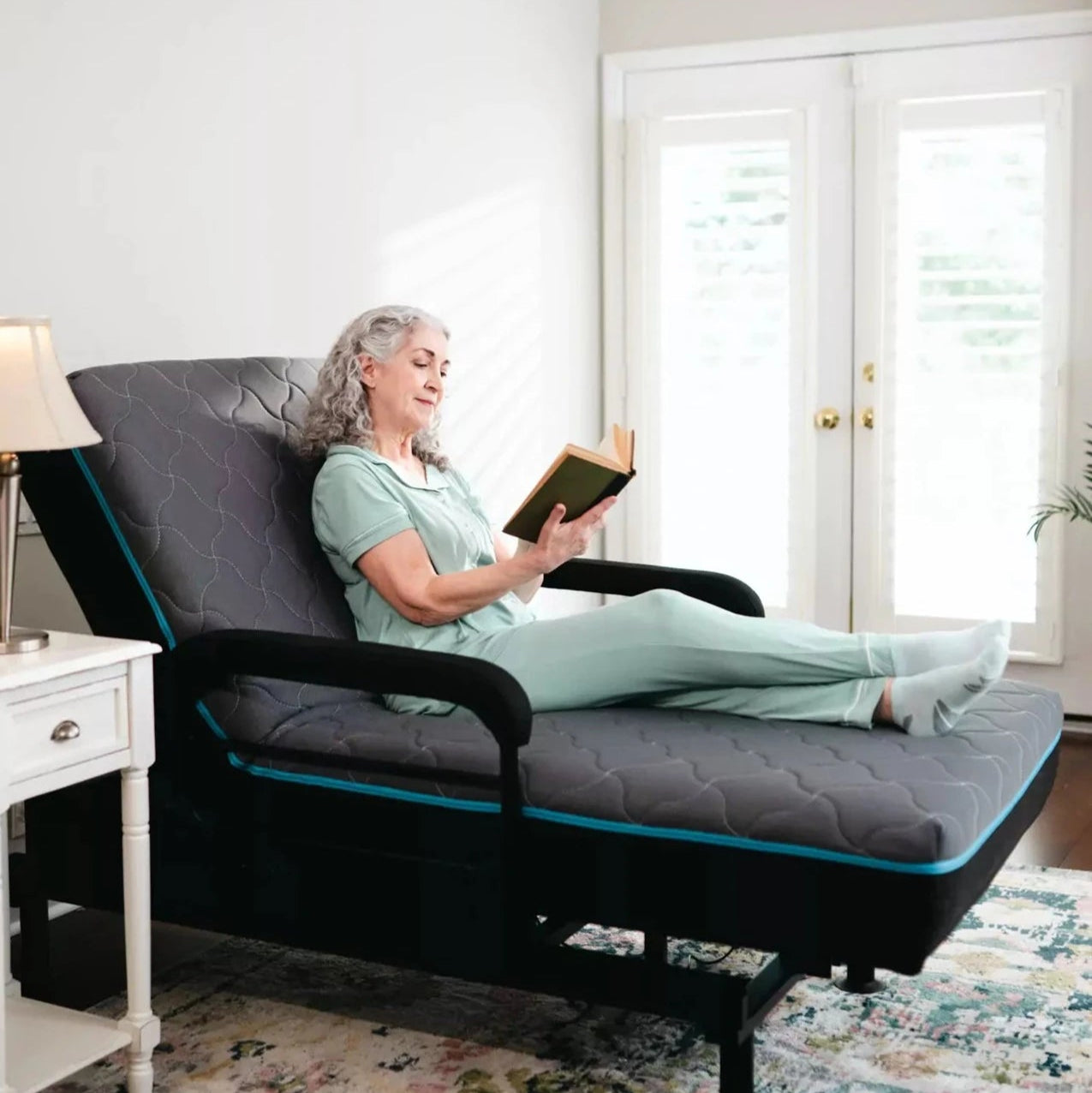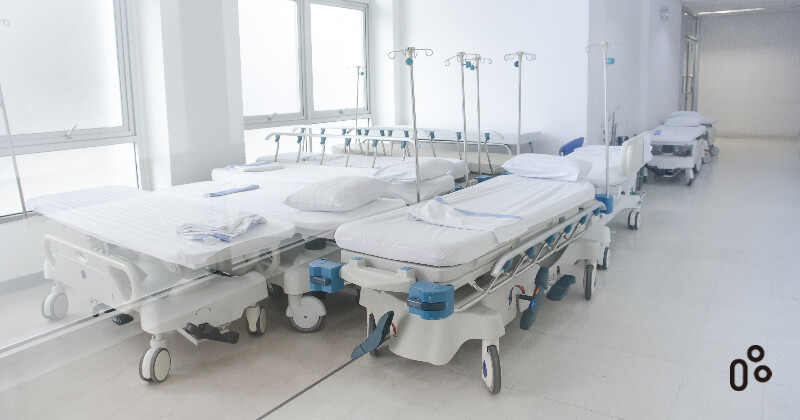All About Hospital Beds For Home Use
Table of ContentsThe Greatest Guide To Hospital Beds For Home UseHospital Beds For Home Use - TruthsThe Ultimate Guide To Hospital Beds For Home UseFacts About Hospital Beds For Home Use UncoveredExamine This Report about Hospital Beds For Home UseThe smart Trick of Hospital Beds For Home Use That Nobody is DiscussingOur Hospital Beds For Home Use Statements
Next, we will certainly explore the attributes, uses, and Pros and Disadvantages of each kind of medical facility bed in depth. A manual medical facility bed is the most fundamental type of hospital bed, and all change functions are attained through a hand-cranked device.These hand-cranked devices are generally installed at the foot or side of the bed, and the caretaker or patient can adjust the elevation or tilt angle of the bed by trembling the handle. Given that no electrical components are needed, are normally cheaper than electrical healthcare facility beds, ideal for clinical organizations or family members with minimal budgets.
The 9-Second Trick For Hospital Beds For Home Use
For individuals that need to readjust their pose or height often, manual beds might not be practical enough due to the fact that each modification needs hand-operated operation. If the bed requires to be readjusted often, nursing personnel may need to spend even more physical stamina to operate the hand-cranked device - hospital beds for home use. Manual beds are generally ideal for individuals in the recuperation period or occasions with reduced nursing needs
Typically, the adjustment of the back and legs is regulated by electric motors, while the overall elevation adjustment still requires to be done by hand. The purpose of this style is to decrease costs and energy intake while maintaining high functional convenience. Compared to hands-on hospital beds, semi-electric hospital beds are much more convenient in readjusting the back and legs, especially for people who need to readjust their pose often.
Because just some functions count on electrical power, semi-electric medical facility beds take in much less power during use. Since the general elevation still needs to be readjusted by hand, it might not be as convenient as completely electric medical facility beds for individuals who require to change the bed elevation frequently. Compared to hands-on healthcare facility beds, semi-electric health center beds are a little extra complex to operate, needing users to understand the combination of electric and manual operations.
Electric health center beds have high adjustment precision and can be precisely readjusted to a certain angle and elevation according to the demands of patients to offer one of the most comfortable support. All-electric medical facility beds are usually equipped with a variety of additional features, such as integrated scales, mattress stress modification, and so on, to meet the special requirements of various patients.
Not known Details About Hospital Beds For Home Use
A reduced bed is a specially made healthcare facility bed that can be readjusted to a really low degree, typically just a couple of inches from the ground. The function of this layout is to decrease the threat of patients falling from the bed, particularly for people who are at risk of falling, such as the elderly or individuals with limited mobility.

Hospital Beds For Home Use - The Facts
provide a treatment setting suitable for kids's elevation and body shape, raising the comfort and safety and security of children. Some pediatric beds are likewise equipped with brilliantly tinted bed rails or anime decorations to reduce the fear of kids in the hospital atmosphere. For youngsters that need to remain in bed for a long period of time, pediatric beds are normally equipped with anti-bedsore mattresses, flexible bed rails and other functions to supply thorough care support.
The shipment bed is likewise geared up with postpartum healing features, such as cushion modification, bed home heating, and so on, to aid mommies recover faster. The intensive treatment bed (ICU Bed) is created for the extensive treatment device (ICU) and has comprehensive monitoring and nursing features. This type of bed is typically geared up with interfaces for a variety of tracking devices, which can keep track of the patient's crucial indicators in actual time, such as heart rate, blood pressure, respiration, etc.
The Single Strategy To Use For Hospital Beds For Home Use
The intensive care bed has a completely electric change function, which can swiftly adjust the angle and position of the bed to fulfill the demands of different therapies and treatment. The style of ICU bed takes into account the requirement of rescue procedure. The bed can be rapidly adjusted to one of the most appropriate rescue stance and comply with the usage of rescue devices.
It can effectively separate clients from the outdoors world and minimize the threat of infection transmission. Isolation beds are generally furnished with unique bed curtains or securing covers and connected to air purification systems to maintain the air around the bed clean. Seclusion beds are specially created to stop the spread of virus from infectious individuals and secure the safety and security of various other people and medical team.
Isolation beds are geared up with air purification systems that can filter bacteria and particle issue in the air to maintain the air around the bed clean. Can also be changed to various placements.
Hospital Beds For Home Use Things To Know Before You Get This
Larger and sturdier than a conventional bed. Overweight, obesity, person sizeDesigned for clients in danger of befalling of bed. Lower to the ground than a standard bed. Patient drops, bed heightDesigned for kids. Smaller in size look at this now than a conventional bed. Pediatrics, child-sized equipmentUsed during giving birth. Furnished with features such as braces and a headrest.

In a health care setup, choosing the appropriate bed can not only enhance the performance of care, however browse around this site additionally substantially boost individual convenience and safety. By comprehending the kinds and uses these beds, health care centers and family members caregivers can better support and look after their clients.
The Best Guide To Hospital Beds For Home Use
HomeCare Medical Facility Beds, a department of DiaMedical United States, is committed to giving full openness for its consumers. Patients can be bewildered by the different options in lengthy term treatment items, and HomeCare Health center Beds is devoted to streamlining this process, while ensuring consumers obtain the info and support they need.
Medicare Component B (Medical Insurance coverage) covers health center beds as sturdy medical tools (DME) that your doctor suggests for use in your home. After you meet the Part B insurance deductible you pay 20% of the Medicare-approved amount (if your distributor approves task). Medicare pays for various type of DME in original site different means.
